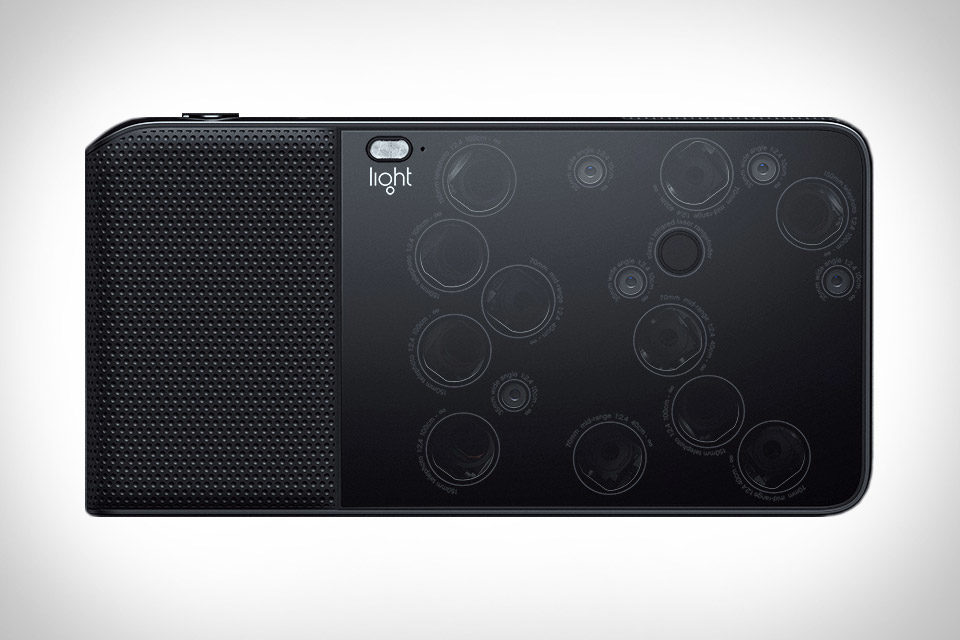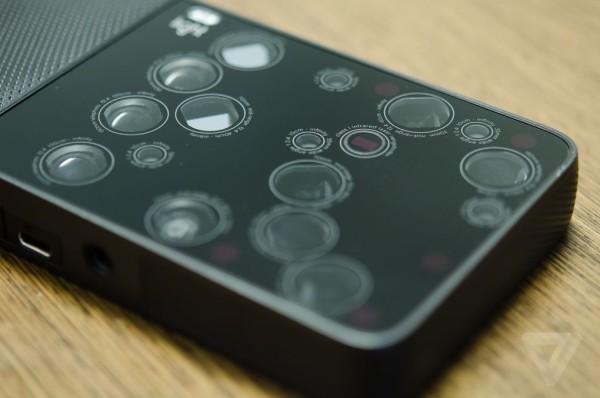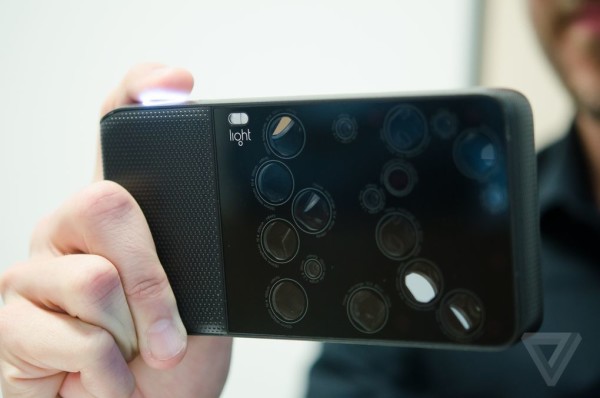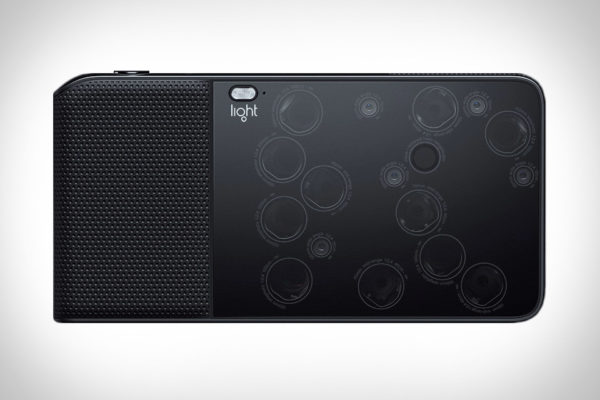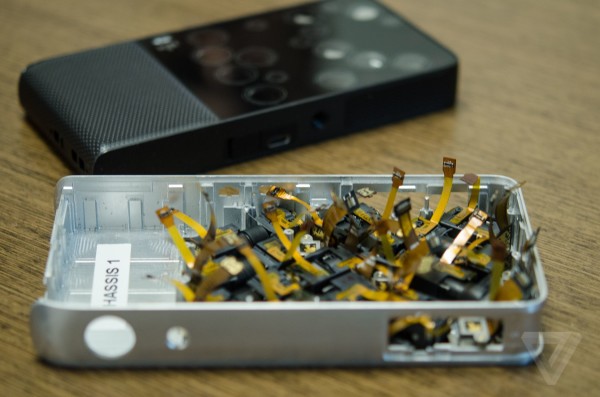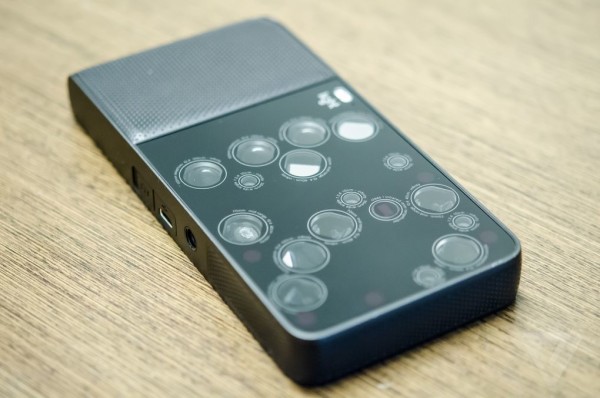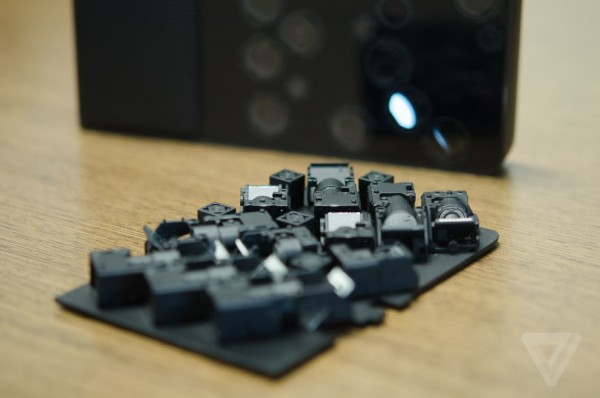From big to just grand
Since the inception of smart phones already a few years ago, it was quite clear that the shape of gadgets will be determined by new guidelines summarized in some simple keywords, like portable, pocket-sized, all-in-one, the goal being that some day we will carry everything we need in some simple, yet incredibly advanced one object. These days we talk more about “smart” objects, and cameras couldn’t be avoided too long.
Without much further ado, we’d like you to meet the first multi-aperture computational camera. It has the quality of a top notch DSLR, with up to 52 megapixel resolution, taking up video footage up to 4K quality from a single camera module at 35mm, 70mm or 150mm effective focal length, all bore in just a simple smart phone shaped gadget. It’s tiny compared to a DSLR camera, but it has a more advanced technology and, so far, no major inconvenience.
DSLR vs Light L16
The thought process behind the Light L16 camera is indeed futuristic. It’s final form seems to be of some multi-eyed furry little beast, having 16 individual cameras, out of which 10 are shooting at the same time. The thing is, this camera captures your shot at multiple fixed focal lengths, thus rising the detail level to an unprecetented high standard. The images are merged to finally give you the final product: an insane quality image, no matched by any smart phone on the market right now. Everything is, of course, up for modifications by editing and shareable by social media. The technological difference between the DSLR and this is found in the concept that different from a DSLR which uses a single sensor with interchangeable lenses, (so only one camera) the Light L16 uses multiple small cameras and sensors all in just one frame.
